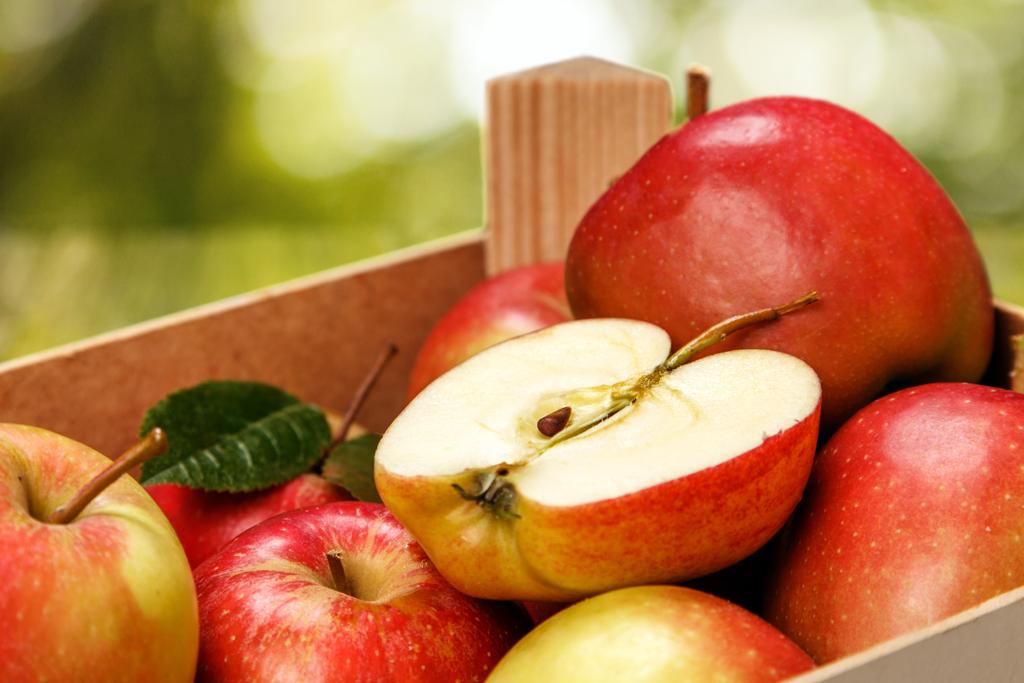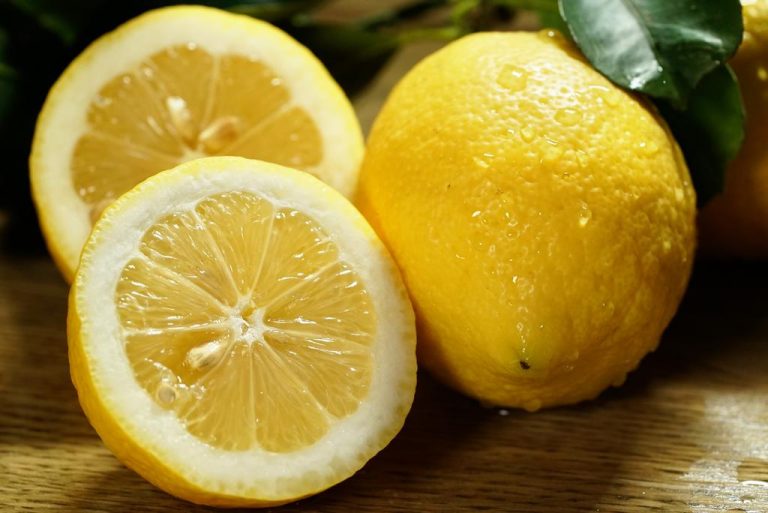You may not be familiar with the term pome fruit, but you’ve probably eaten it before: some of the most popular types of fruit are among them. You can read here what these are and what characterizes pome fruit.

Pome fruit: You can recognize it by this feature
Pome fruit belongs to the pome fruit family, which in turn is subordinate to the rose family. The fruit is characterized by a special feature, namely its core inside. This usually consists of five chambers in which the cores or seeds are located.
The fruits of pome fruit are referred to as apple fruit, but be careful: the term apple fruit has nothing to do with the apple itself. The fruits of other types of pome fruit are also called apple fruit.
Don’t confuse pome fruit with stone fruit. This does not contain a core with individual seeds in it, but only a larger, hard core. Pome fruit also has a rather elastic, parchment-like core. Examples of stone fruits are peaches, cherries, nectarines and plums.
By the way: From a botanical point of view, the apple fruit is a so-called accumulative follicle: fruit forms are referred to as expanse that contain a core including individual cores (or seeds) – in this case “collective follicle” because the core of the apple fruit is formed from at least two carpels.

Pome fruit: These varieties are one of them
Some of the most eaten types of fruit are pome. This one is especially popular because it is long lasting and easy to store. These types of fruit are pome fruit:
Apples (you can also eat apple seeds)
Pears, including European pear and Nashi pear
Quinces: Edible quince and Japanese ornamental quince
Serviceberries: edible only when cooked or overripe
rosehips
medlars
service tree
Black mountain ash, also called black chokeberry: is mainly processed into liqueurs, jellies and jams

